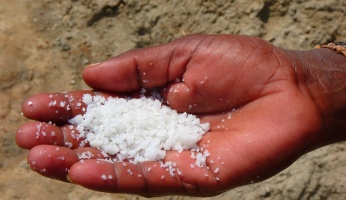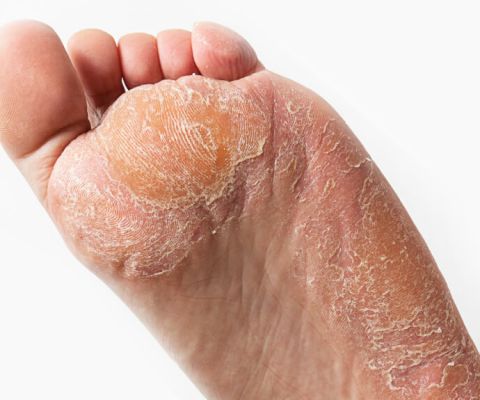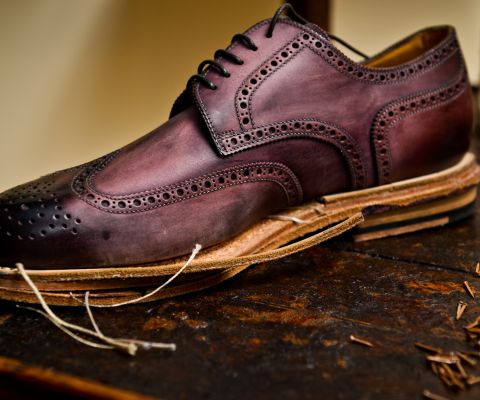How to Reduce Swelling in Feet: Complete Guide
 How to Reduce Swelling in Feet: Complete Guide www.walkjogrun.net
How to Reduce Swelling in Feet: Complete Guide www.walkjogrun.net Let’s Start with the Obvious
Swollen, uncomfortable, pitted, unattractive, and stretched. If you’ve ever used all these words in one sentence you could very easily be describing the way your feet feel at the end of a long day or, the way they look now as a result of being ill. When the human body starts retaining fluids it’s called edema and, it’s a symptom of an underlying problem. Regardless of the reason, most people experience some noticeable edema in their feet and ankles in the course of their lifetime; and here lies the dilemma. Is it a sign of a serious health issue or, just a side effect of something temporary? We are going to take an in-depth look at the symptoms, causes, and risks associated with swollen feet, and see how we can apply this important knowledge to our lives.
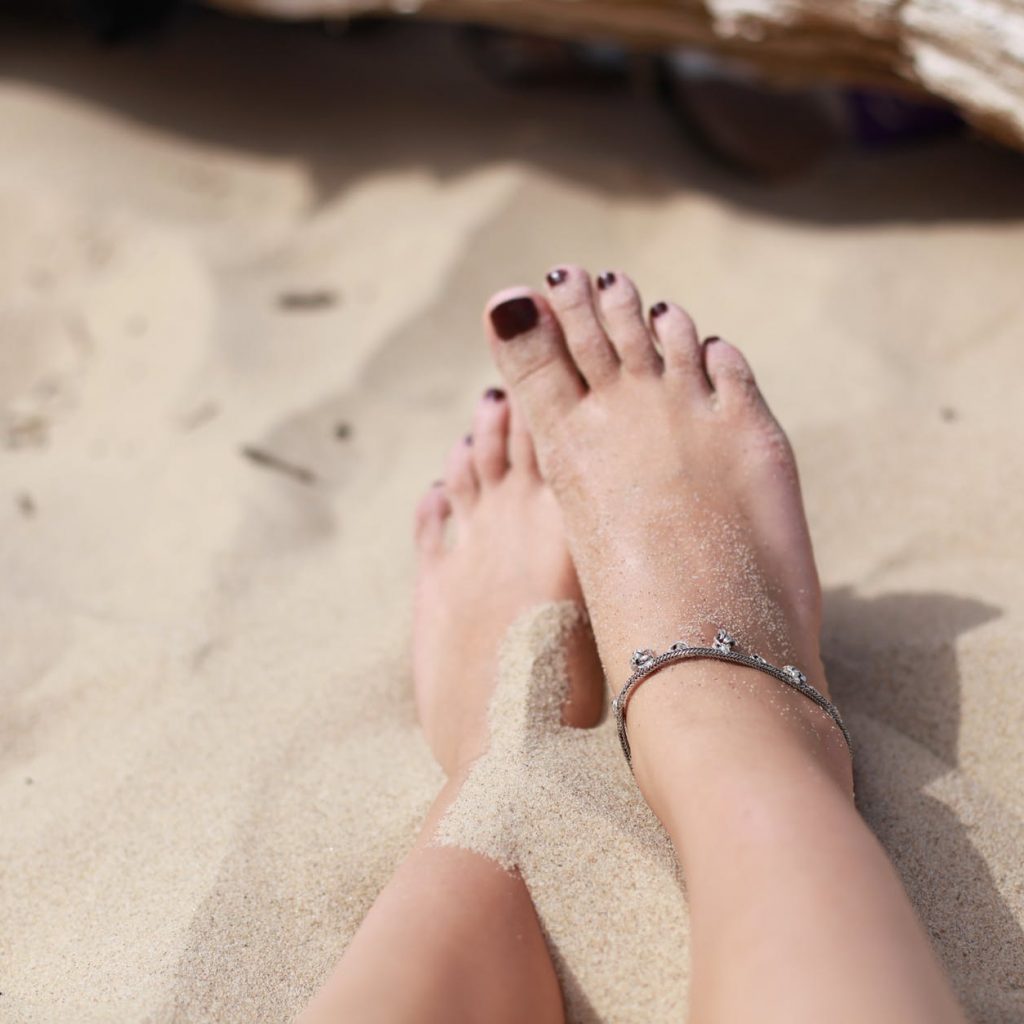
Most Common Causes of Swelling in the Feet
Is it the Meds or the Miles?
Swelling can occur in any part of the body. You know this is true if you’ve ever had a tooth pulled or hit that not so funny, funny bone in your elbow. It’s the body’s way of telling you there’s some healing taking place – odd as it may seem. Our senses then take over by looking at and feeling the traumatized area so we can start assessing any damage that was done. In most cases, if the injury was minor, the swelling goes down and we resume our regular routines. But, when the swelling remains, turns red or painful for a time, it’s an indicator of a deeper problem. The following steps will help you in determining what the causes are for the swelling in your feet:
Step #1: Dehydration

- Swell Insulated
-
Our rating - Double Wall Construction
- Price: See Here

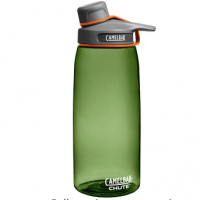
- CamelBak Chute
-
Our rating - Leakproof
- Price: See Here

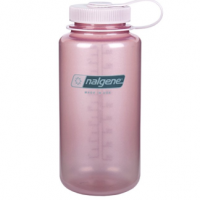
- Nalgene Tritan
-
Our rating - SplashGuard
- Price: See Here

One of the signs of dehydration is swelling of the extremities (arms, legs, feet, ankles, and hands). The cells in our body exist in a pool of interstitial fluid (water) which creates an environment for cell interaction and suspension. The smaller blood vessels (capillaries) feed necessary nutrients and oxygen to the interstitial fluid and carry away the cellular waste. Swelling is a result of abnormal amounts of the interstitial fluid. Your body will automatically go into survival mode and hold onto as much water as it can by storing it in your tissues. It will also swell due to an accumulation of excess fluid (water retention). People who abuse laxatives or vomit on a regular basis are prime targets of dehydration. Medical conditions leading to edema are:
- Hypertension (high blood pressure), is a cause for concern and reason why many doctors prescribe medications that have edema as a side effect. Amlodipine is one drug that can be replaced with another if it is causing swelling in your feet or extremities. This is serious business so, consult with your physician before making any med changes.
- Idiopathic Cyclic Edema (fluid retention syndrome) most common in young women who are menstruating. Caused by the leakage of blood and fluids from the capillaries into the skin tissue and fat. Symptoms become more serious and noticeable when standing due to the added pressure to the vascular system. Symptoms include dramatic fluctuations in weight between morning and evening and may occur in women with eating disorders who take laxatives and/or diuretics.
- Shortness of breath is one of the symptoms of pulmonary edema, a condition caused by excessive amounts of fluid in the lungs which collect in the individual air sacs making it hard to get a breath.
- Chest pain may be due to congestive heart failure which is when one both of the heart’s lower chambers stop pumping blood effectively. This causes the blood to back up in the legs, feet, and ankles causing edema. Congestive heart failure may also cause pulmonary edema.
- Cirrhosis of the liver is a long-term condition which could be from chronic alcohol abuse, chronic viral hepatitis B and C (inflammation of the liver) and nonalcoholic fatty liver disease, resulting in damage to the normal liver tissue. The purpose of the liver is to detoxify harmful substances in your body, clean your blood and manufacture vital nutrients. The symptoms of cirrhosis may include:
- Swelling in the feet and legs
- Weight loss, loss of appetite
- Abdominal swelling
- Nausea, itchy skin, jaundice (yellowish color in the skin and eyes)
- Confusion, sleepiness and slurred speech
- Fatigue, bleeding easily, bruising easily
- Visible spider veins on the skin
- Excessive redness on the palms of the hands
- Testicular atrophy and breast enlargement in males
Step #2: Swollen Feet Resulting from Prescription Drug Side Effects
- High blood pressure meds
- Nonsteroidal anti-inflammatory drugs
- Steroid drugs
- Oral contraceptives containing estrogen, progesterone
- Testosterone
- Some diabetes meds call thiazolidinediones (usually prescribed for Type 2 diabetes)
- Certain antidepressants
- Oral corticosteroids (prescribed for asthma flareups).
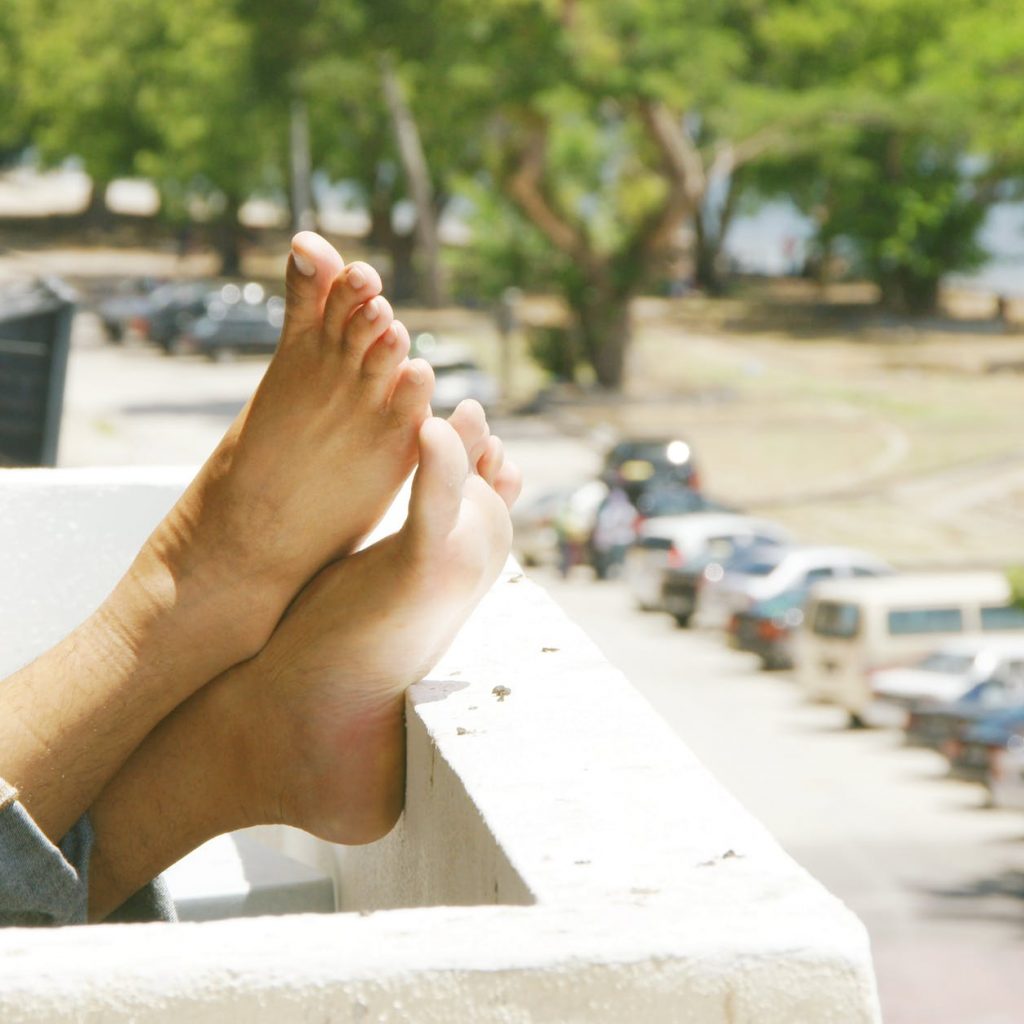
Step #3: Kidney Disease
There are two main reasons why edema is a side effect of kidney disease.
- o Extreme loss of protein in the urine: When the kidneys register insufficient blood volume they will start retaining salt. Consequently, the fluid then moves to and remains within the spaces in between the ribs, resulting in pitting edema.
- o Impaired renal (kidney) function: Edema occurs when the kidney’s ability to excrete sodium is limited so, patients suffering from kidney failure will develop swelling in their feet if their sodium intake is more than their kidneys can excrete.
Step #4: Edema Caused by Drug Interactions
Suffice to say it would be impossible to list every prescription drug that could cause swelling in the feet and legs. And, it would be doubly hard to list the effects it would have on you when taken with a pill you’re taking for something else. Certain drugs, when combined with medications, substances or toxins can cause Peripheral edema which is the most common cause of swelling in the lower limbs. These are the meds you have to keep track of and a written diary is the perfect way to do it. Peripheral edema literally has hundreds of causes so good records and accurate descriptions are vitally important to you and your doctor.
- Record what you’re taking and how frequently
- Note any side effects (dizziness, swelling, dry mouth, headache, tremors, blurred vision, etc.)
- Note any intake of alcohol, drugs or herbal supplements.
Step #5: Risks of Running
While running strengthens the heart muscle and bones we must consider the reasons behind any swelling around the ankles, feet or legs if and when it occurs.
- If a runner is prone to swelling it will most likely take place during and following the run. As they pace themselves over miles of pavement, mountains or sand, some interesting things take place in the body:
- Gravity is always pulling fluid from the torso and upper body and sending it towards the feet.
- Long distance runners are especially susceptible to fluid retention causing the feet to swell after an hour or so.
- Ill-fitting running shoes will impair performance and could cause swelling if the toes are too tight, the heel is loose or there is no arch support. These tough conditions force the muscles to work harder than usual to support the runner and maintain balance resulting in swollen feet during and following a run.
- Improper running technique can also cause swollen feet. A seasoned runner will take long strides, landing on-as well as pushing off the ball of their foot. Runners who land on their sole or heel increase the stress and demand on their bodies to run effortlessly.
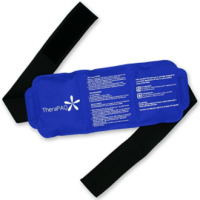
- TheraPaq Reusable
-
Our rating - Hot & Cold
- Price: See Here

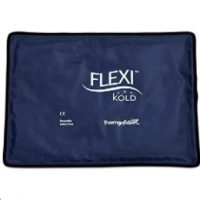
- FlexiKold Standard
-
Our rating - Latex Free
- Price: See Here

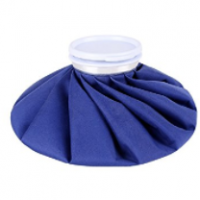
- Ohuhu Ice Bag
-
Our rating - Leak Resistant
- Price: See Here

Recommendations:
The reality is, most people live on their feet and they get sore, tired and swollen just from going through the motions of everyday life. Most of us can’t imagine a day without some sort of pain or swelling somewhere in our bodies, so, let’s take an open-minded look at managing the problem-not preventing it. Good advice usually comes in the form of common sense. Been on your feet all day? Even a few minutes of elevation could make a world of difference. Have access to an ice pack? The application of ice for as little as 10 minutes can cause the veins in your legs to constrict just enough to prevent the blood from pooling. Taking a pill that makes your hands so tight, you can barely make a fist? Call your doctor today-there are options available! Find out what they are and take an active part in managing the side effects from prescription drugs.
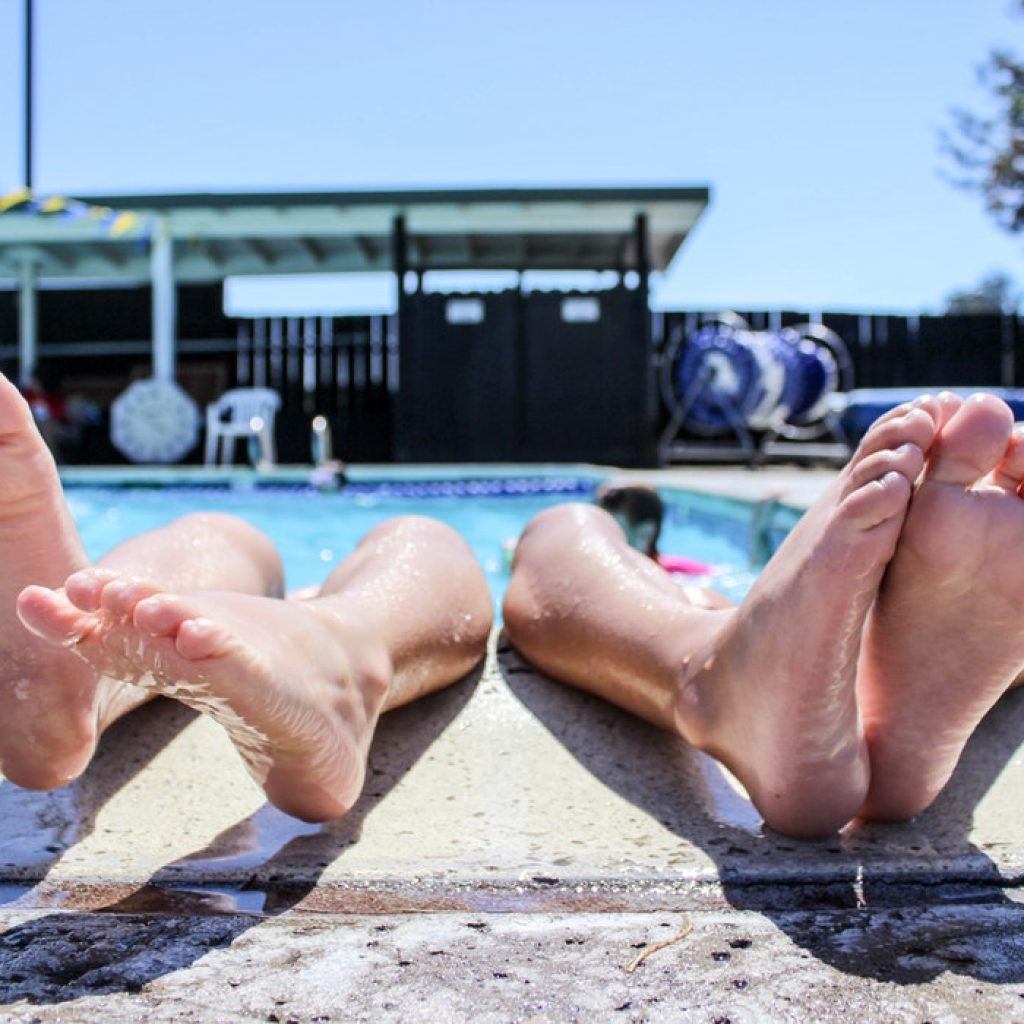
Post-Surgical Swelling
Causes and Treatments
It’s named “the post-operative swell” and it’s an expected side effect after you’ve had surgery. Most of the time, it follows a surgical procedure on a lower extremity. Patients are instructed to keep their legs raised to prevent bodily fluids from building up. The effect of gravity will always increase the chances of swelling which can lead to weight gain in a very short time. Here, listed below, are some frequently asked questions regarding post-op swelling:
Step #1: Following surgery to the foot, ankle and leg bones is swelling expected in everyone?
- Anytime the skin is cut, swelling is expected to some degree. The amount of swelling depends on what type of surgery took place and the amount of dissection performed.
- Surgery on the leg, regardless of where will result in swelling. Because of gravity, the foot and ankle are most likely to swell as they are the lowest part of the body.
- When the normal flow of blood is disrupted, fluid from the lower extremities must fight against gravity to travel up the leg which causes swelling. Keeping your leg elevated ill help slow the swelling down.
- Though the surgeries that take place from the leg down are varied, the general consensus amongst doctors working in podiatry, orthopedic surgery and cosmetic surgery all agree on rest and elevation of the leg. They also agree on certain warning signs of blood clots and infection which include skin redness, tenderness, and warmth around the incision site.
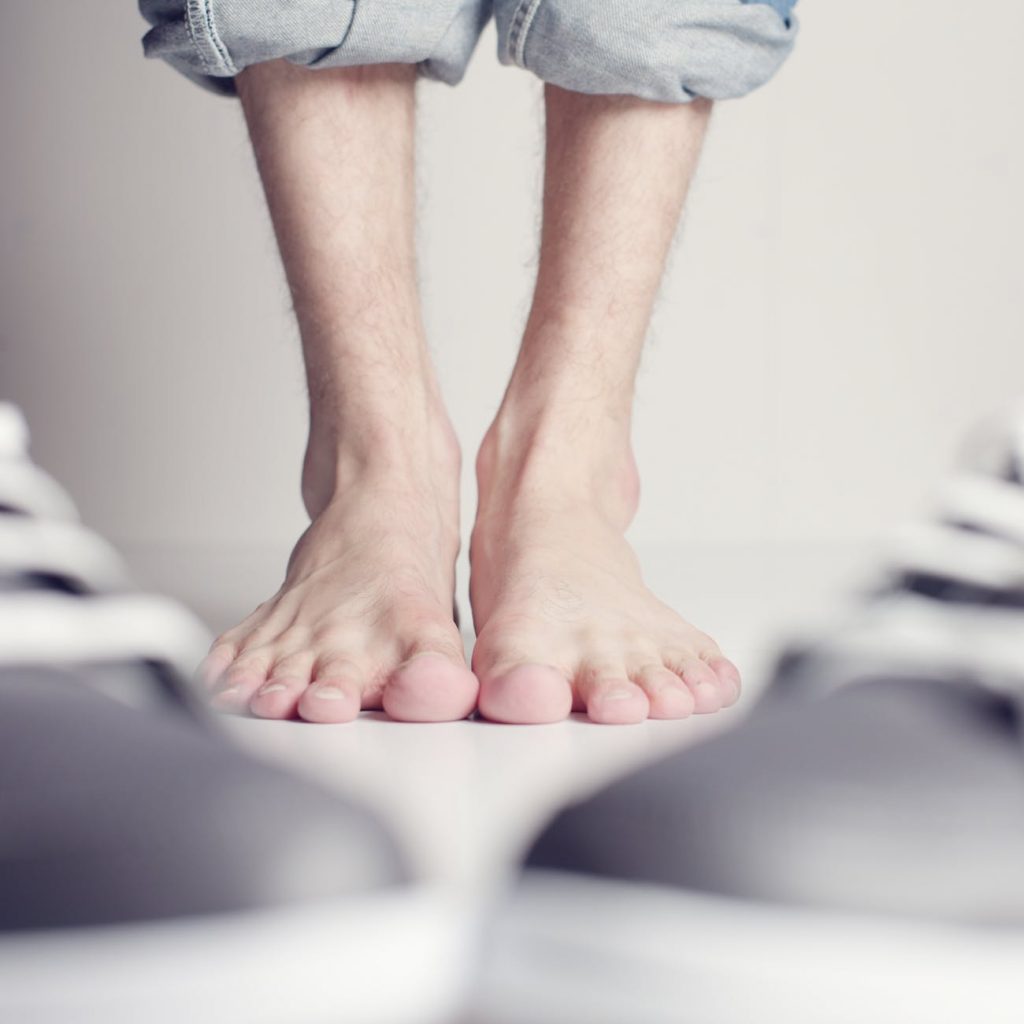
Non-Surgical Conditions that Cause Swelling of the Feet
Symptoms and Risk Factors to Consider
We’ve talked about many reasons why your feet might swell. So, just for argument’s sake, let’s talk about the stuff we haven’t talked about like – inactivity. When you’re feeling good and have lots of energy, your feet are probably the last thing on your mind. They are ready, willing and able to take you anywhere you want to go. They’ll jump, dance and tip-toe around the house so you won’t make a sound. Healthy feet are a dream come true, but they can also be your worst nightmare when you start cringing with every step. It could take you by surprise because you’ve never had a problem or, any symptoms of a potential foot problem. And it certainly doesn’t seem possible that the “easy life” could be bad for your feet. For many people, the thought of getting physically active in any way shape or form is simply out of the question. Many have good excuses. They have exhausting jobs, and even though they work at a desk or, have a job driving they still come home tired and just want to relax. We all know someone we have to beg to take a walk with us or go shopping with. They’ve been sitting around, taking it easy all their lives – and they are not going to stop now. It’s like telling someone who won’t drink anything but soda that they need 8 glasses of water a day just to keep their eyeballs wet (true story) but you just get a blank stare as they gulp down their cold, bubbly bottle full of sugar. Well, it’s time to give you the dirty low-down on inactivity so here goes:
Step #1: Poor Circulation
When you think about how the muscles in your body react during the normal course of the day, it might occur to you that it’s all about blood flow. Inactivity has an adverse effect on muscles because they don’t get much opportunity to contract. Lack of contractions results in a lack of blood flow going to and from your feet causing all the normal functions of the circulatory system to slow down.
For people who sit or stand in one place all day, the lack of proper blood flow can be the cause of swelling of the feet-making your shoes feel tight and unbearable to walk in. Even more harmful is sitting and crossing your legs for long periods of time. Pinched blood vessels in the legs can become painful and may even result in varicose veins.
- Swollen feet at the end of your day may just need a few minutes in an elevated position or a massage to get the blood moving.
- Taking a short break at work to put your feet up is totally acceptable in most workplaces, especially if you’re standing all day.
- Compression stockings might be worth a try. They’re made for situations just like this. They will help keep the swelling down by helping the blood in your legs circulate easier.
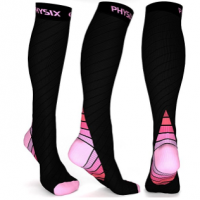
- Physix Gear Sport
-
Our rating - Stay Put Cuffs
- Price: See Here

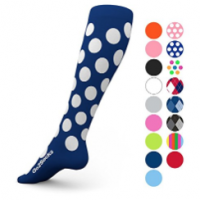
- Go2 Compression
-
Our rating - Wide Variety
- Price: See Here

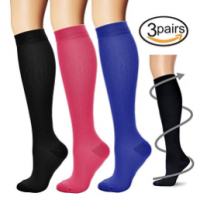
- BlueTree Compression
-
Our rating - Breathable Fabric
- Price: See Here

Step #2: Yoga for the Inactive Person with Swollen Feet
For many people suffering from sore, tired and swollen feet yoga is the perfect form of exercise. Even if you’re not particularly fond of running or going to the gym, there’s something for everybody willing to do yoga. Three basics poses will help your muscles, circulation, and swelling so you can start feeling like a normal person again.
- The Staff Pose: All you have to do is sit up tall with your legs extended straight out in front of your body. Simply start by “trying” to spread your toes apart and take 5 deep breaths. End by pointing and flexing both feet moving in a circular motion, first one way, then the other-easy peasy!
- The Cobbler’s Pose: Named after the original “shoe repair guy”, sit on your mat and bring the soles of your feet together pressing firmly on both heels. With your hands on your insteps, spread them open as if you’re reading a magazine. Massage the soles of both feet with your thumbs while moving your fingers in between the toes spreading them open. Take 8-10 deep breaths.
- The Shoulder Stand: To take a load off your feet, start by lying on your back and rolling your legs up over your head. Place your hands under your back and interlace them. Bend your elbows and support your back pressing into your shoulders at the same time. Use your stomach muscles to lift both legs straight up. Flex and point your toes and move them in a circular motion, then reverse. Hold for 10-15 breaths.
Note: it is totally cool to use a wall to support your legs until you get the hang of it.
Recommendations:
Did you ever notice how caring for our bodies is primarily our responsibility? That after becoming a certain age, you’re actually expected to feed it, clean it and care for it yourself. And the best part is, if you don’t want to or don’t feel like it, that’s fine too, you can always find a reason not to. The thing is; it always catches up to you in one way or another. And isn’t it a shame when you’ve done everything else right, except for taking care of yourself? A simple thing like putting your feet up at work says you’re aware of how your blood flows and the obstacles it has to overcome. By doing this on a regular basis, you’re setting yourself up for the next level of healthier living and just think, it all started with swollen feet.
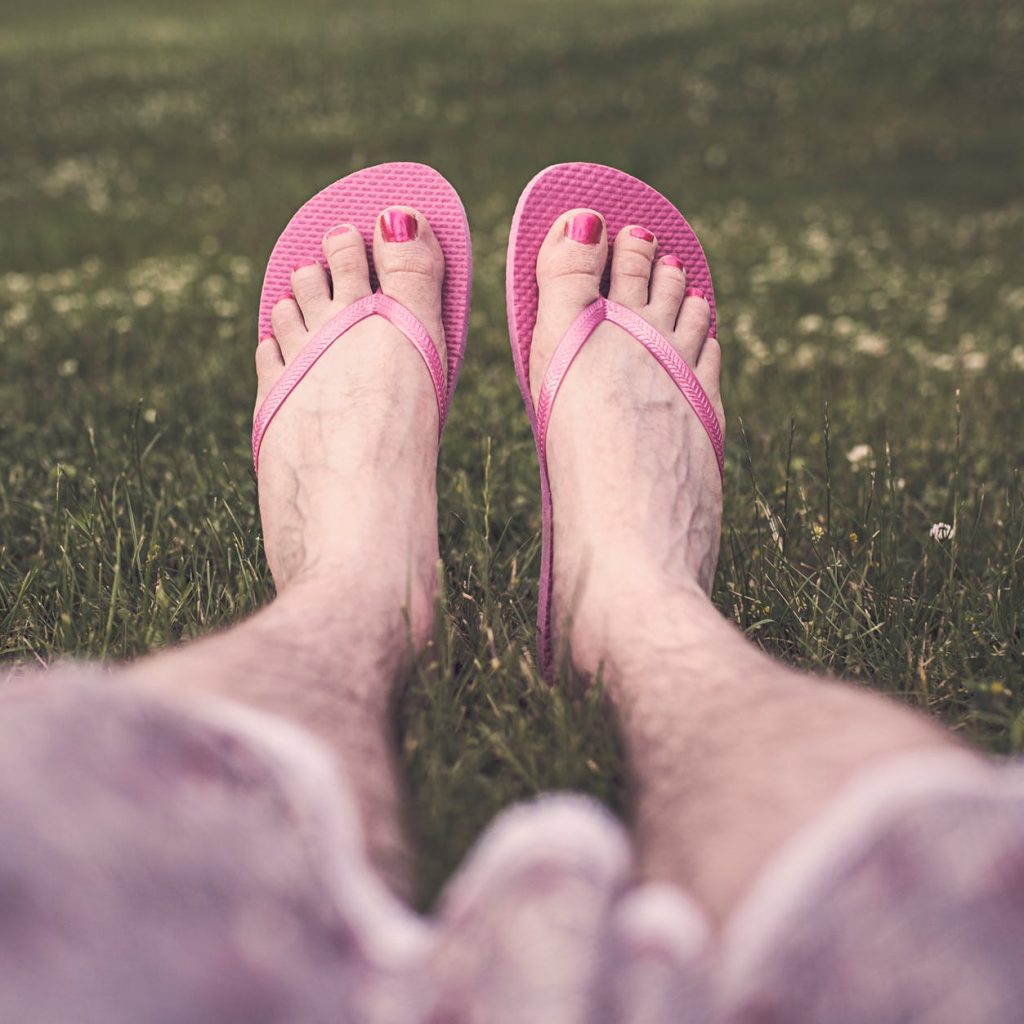
Conclusion:
For some unselfish souls out there, you’re suffering because you take care of everyone but you. You’re hurting from a job that makes you stand all day, and when you come home it more standing in the kitchen. Before I go, I want to leave you with some great words I once heard from a flight attendant announcing the procedure to use the oxygen masks. She said, “if you have children, put YOUR mask on first so you can be of service to them.” And so, I say to you, help your blood flow, make your muscles contract, keep a medication diary and try Yoga – you can do it sitting down, just the way you like it.
Keep it simple and be smart.
You now know that dehydration affects every part of your body by restricting blood flow. The lack of blood flow causes swelling in the feet because your body needs water. These are things you can do for yourself that can make a difference in your life – you won’t be sorry. For more serious conditions, learn everything you can about how your body works and the side effects of any drugs that may be prescribed for you. Go online and type in any drug and how it interacts with other medications. If the medicine is making you sick or causing swelling in your arms, legs or feet call your doctor immediately. According to the U.S. Food and Drug Administration, 100,000 Americans die each year from prescription drugs, making it the 4th leading cause of death in the United States. Pay attention, communicate with your doctor and learn as much as you can about this wonderful gift called the human body.
Sources
- http://yournewswire.com/100000-deaths-per-year-in-the-u-s-caused-by-prescription-drugs/
Jacqui deevoy 2015-02-06 - http://www.health.com/heart-failure/swollen-feet#02-stand-sit-swollen-feet
- https://www.healthtap.com/topics/how-to-reduce-foot-swelling-after-surgery
- https://www.livestrong.com/article/520617-causes-of-swollen-feet-after-running/
Causes of Swollen Feet After Running ANDREA CESPEDES Jan. 30, 2018 - http://www.rightdiagnosis.com/symptoms/peripheral_edema/drug-interactions.htm
Drug interactions causing Peripheral edema - https://www.mayoclinic.org/diseases-conditions/edema/symptoms-causes/syc-20366493
- https://www.diagnose-me.com/symptoms-of/edema-water-retention.php
- https://health.usnews.com/wellness/articles/2017-03-01/why-do-you-have-swollen-feet-and-ankles Why Do You Have Swollen Feet and Ankles? Lisa Esposito 2017-03-01 news
- https://answers.webmd.com/answers/1175843/why-does-edema-occur-in-patients
Edema (Water Retention): Overview 2008-03-20 answers







